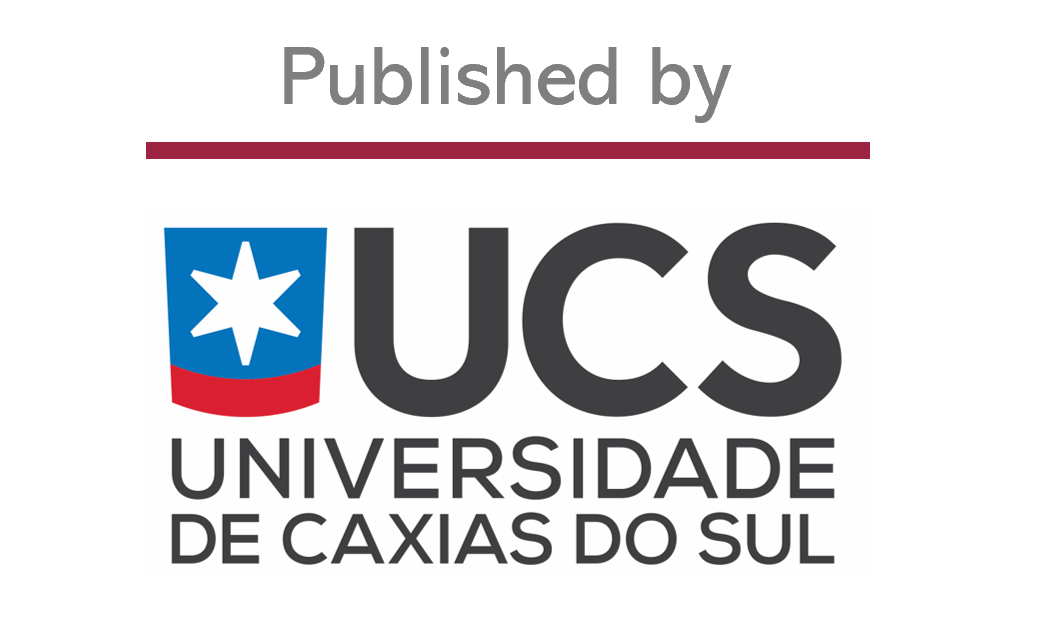Influence of sulfide on the evaluation of methane production through the degradation of sugarcane vinasse
DOI:
https://doi.org/10.18226/23185279.v6iss2p1Keywords:
Anaerobic digestion, Inhibition of methanogenic activity, Sulfides, VinasseAbstract
Anaerobic digestion is a widely used effluent and organic waste treatment practice, in which it is possible to minimize and control environmental problems, associating the reduction of environmental impacts with energy recovery. Low methane production and process instability are often found in anaerobic digestion reactors, preventing this technique from being widely applied. Inhibitory substances, such as sulfides resulting from sulfate conversion by the sulfur reducing bacteria, are one of the causes of inhibition or malfunctioning of anaerobic digesters if they are present in the effluent to be treated. The objective of this work is to evaluate the effect of sulfide at two different values of pH (7.0 and 7.5) using sulfide concentrations of 0 to 1000 mg S2-L-1. All the tests were performed in batches and performed at mesophilic conditions. For the concentrations of 50 mg S2-L-1 and 1000 mg S2-L-1, the inhibitions of the methanogenic activity at pH 7.0 were in the order of 38.5% to 59.8% and at pH 7.5 in the order of 67% to 94%, respectively. Concerning the test at pH 7.0, the removal of COD in the experiment without addition of any concentration of S2- was 93.3%, and it reached a 49.14% COD removal at concentrations of 1000 mg S2-L-1. At pH 7.5 under the same conditions, the COD removals were respectively 80.7% and 9.6%. The concentrations of 50, 75 and 100 mg S2-L-1 of S2- initially tested at the two aforementioned pH values promoted the greatest increase in the reduction of SMA. When the experiments were carried out at pH 7.0 the reductions were 37.96%, 41.70%, and 46.06% respectively for the same concentrations. At pH 7.5 the reductions represented 67.01%, 82.47% and 81.81%.









